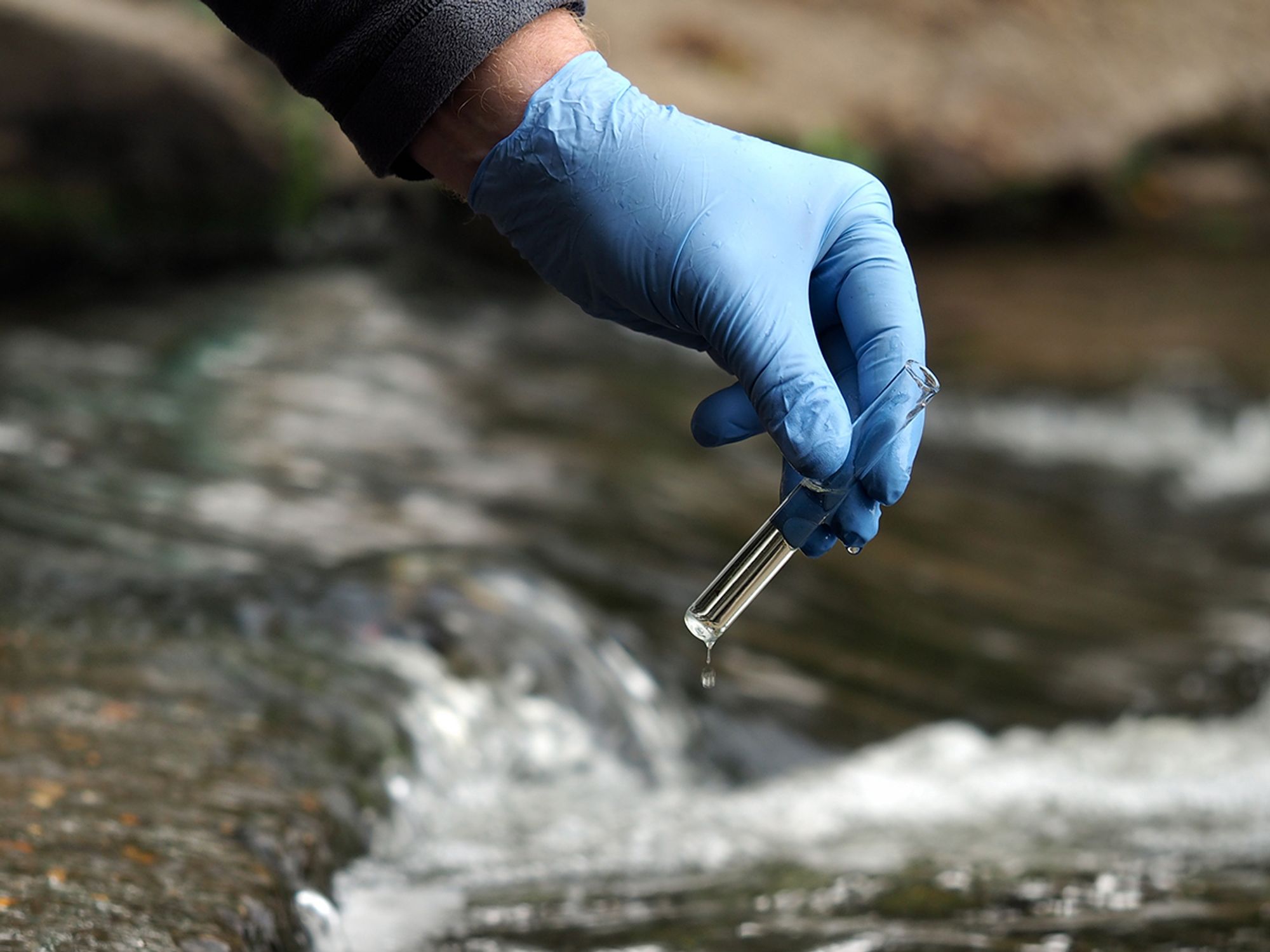InstituteCWA ComplianceWater PermittingWater ProgramsEnvironmentalUSAWater ProgramsStormwaterEnglishAnalysisFocus AreaIn Depth (Level 3)
Stormwater Pollution Prevention Plans (SWPPPs)
['Water Programs']

- Baseline pollution prevention plans have two major objectives.
Companies and municipalities who must file general stormwater permits must complete and implement Stormwater Pollution Prevention Plans (SWPPPs). Although the plans need not be submitted to the Environmental Protection Agency (EPA), they must be on file, and on request be given to an EPA inspector.
Baseline pollution prevention plans have two major objectives. They must:
- Identify potential sources of pollution; and
- Describe and ensure practices to reduce pollutants in stormwater discharges. These objectives can be broken down as follows:
Source Identification Information Plans
Source Identification Information Plans must include the following information to assist in evaluating pollutant sources:
- Site drainage map.
- Estimate of the area of impervious surfaces, and the total area drained by each outfall.
- Narrative description of specified features that may impact the pollution potential of a discharge.
- List of significant spills and leaks of toxic or hazardous pollutants that occurred at the facility after the effective date of the permit.
- Prediction of the direction of flow, and an estimate of the types of pollutants that may be present in stormwater discharges associated with industrial activity, prediction of the direction, rate of flow and total quantity of pollutants that may be present in stormwater discharges associated with industrial activity.
- Summary of existing sampling data describing pollutants in stormwater discharges.
Best management practices and program elements to reduce pollutants
Best management practices and program elements to reduce pollutants, at a minimum, must provide information regarding:
- Pollution prevention committee,
- Risk identification and assessment/material inventory,
- Preventive maintenance,
- Good housekeeping,
- Spill prevention and response procedures,
- Traditional stormwater management,
- Sediment and erosion prevention,
- Employee training,
- Visual inspections,
- Record keeping and internal reporting procedures, and
- Certification that stormwater discharges have been tested for the presence of non-stormwater pollution sources.
